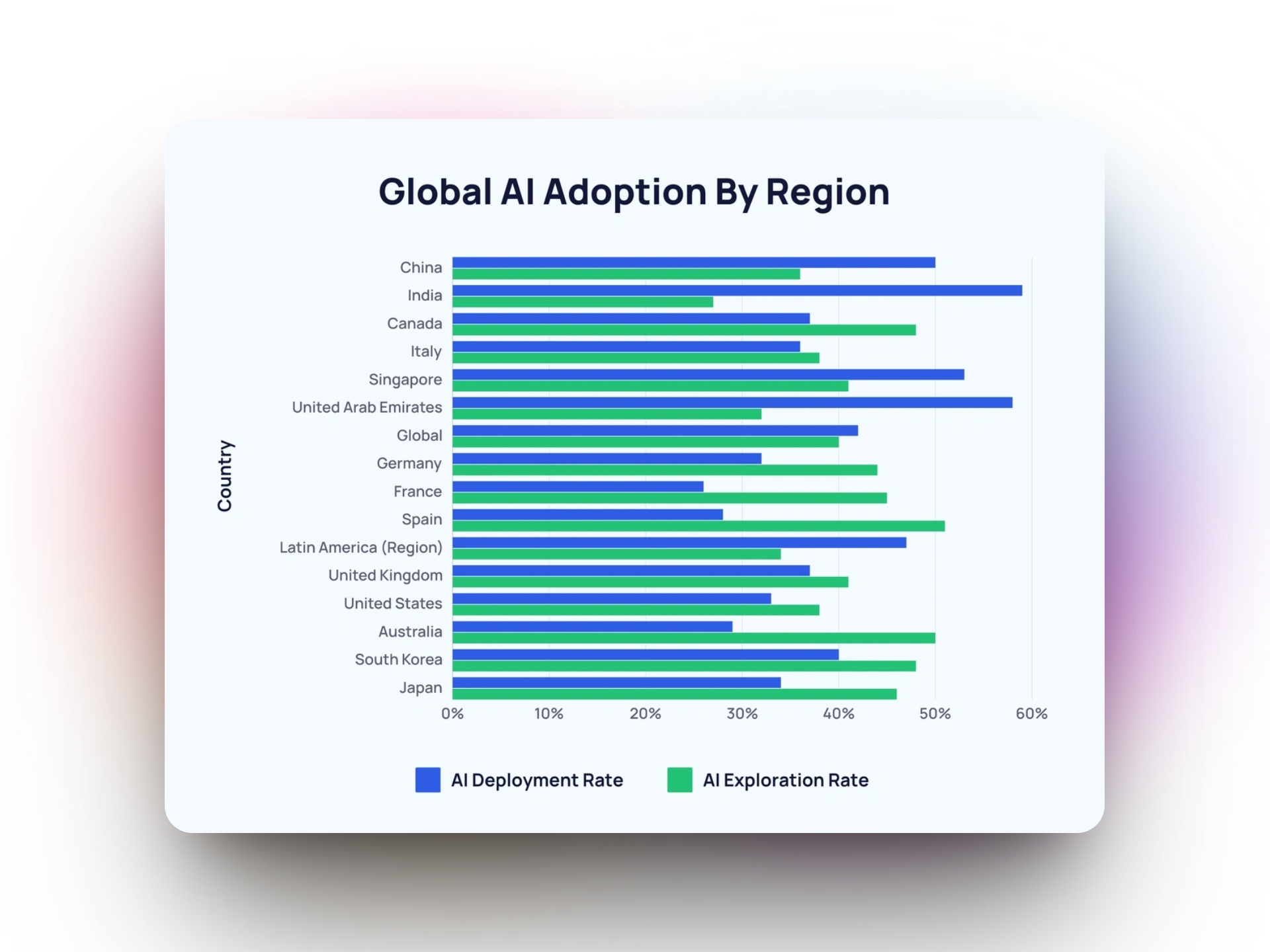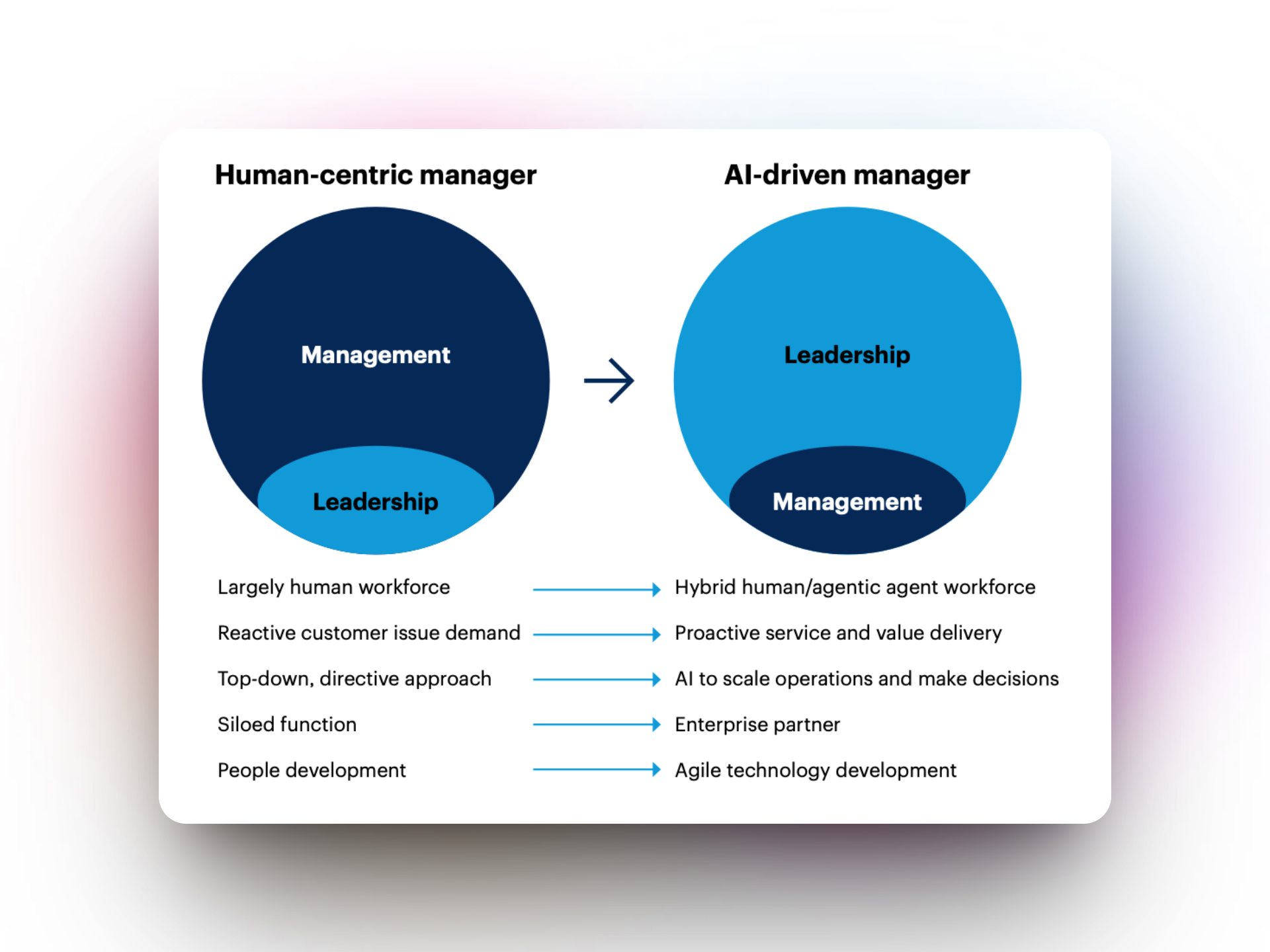Why having options and using different AI Models is crucial for your Customer Support
In the evolving landscape of customer service, one truth is becoming crystal clear: there is no one-size-fits-all AI model. To build exceptional customer support that truly caters to diverse needs, businesses must embrace flexible AI solutions, including multimodal and multi-model approaches. Having the option to try different AI models, and even automatically selecting the right one for each task, not only enhances accuracy and user experience but also future-proofs support operations in an increasingly complex world.
Multimodal, meeting customers on their terms
Multimodal AI enables interactions across multiple formats, text, voice, images, video, within the same session. This gives customers the freedom to express their issues and requests in the way that is most natural or convenient for them. For example, a customer can upload a photo of a broken product while describing the problem via voice message or chat text. The AI interprets all these signals to provide faster, more accurate, and empathetic responses.
The impact is profound:
- Customers benefit from richer, personalized support that reduces frustration and query resolution times.
- Support teams handle a wider variety of requests with less manual intervention.
- Businesses improve accessibility, reaching users who prefer voice over typing or who need visual troubleshooting assistance.
Multimodal AI is quickly becoming a cornerstone of modern, customer-centric service.
Multi-Model, specialist intelligence for every input type
While multimodal AI refers to handling multiple data formats, multi-model AI means employing several specialized AI models, each expert in processing a certain type of input (text, images, video, audio), and integrating their outputs into a seamless experience.
Why does this matter? Because no single AI model excels equally across all formats and tasks. Multi-model architectures:
- Enable best-in-class performance across complex, mixed-format requests.
- Allow businesses to upgrade individual components (like improving video analysis capacity) without a full system overhaul.
- Increase accuracy and reduce errors by leveraging models finely tuned for each modality.
For example, when a customer submits both a video and a text query, a video processing model analyzes the footage, while a separate language model interprets the text. Their insights combine for more meaningful responses than a single general-purpose model could provide.
Auto, the power of AI Model choice without the headaches
At Invent, we understand the challenge: navigating the growing number of AI models like Claude, Gemini, GPT, and Grok can be overwhelming. That's why we built Auto, an intelligent assistant that automatically selects the best AI model for your specific input, whether it’s text, documents, images, audio, or video.
- Auto defaults to GPT-4.1 for most tasks but switches dynamically to more specialized models like Gemini Flash 2 when encountering unsupported or complex file types.
- It eliminates guesswork, offering universal file format coverage—whether you upload a PDF, podcast, or YouTube video.
- Auto maximizes response quality by combining the strengths of multiple models intelligently behind the scenes.
- This approach offers users effortless AI without having to understand model quirks or limitations.
Real-world examples include Auto extracting key information from PDFs, transcribing and summarizing audio/video files, and analyzing images alongside text queries, all with optimal accuracy and speed.
Why experimenting and flexibility in AI Models lead to smarter support
The ideal AI-powered support strategy includes testing and employing various models to discover what works best for your customer base and use cases.
This flexibility:
- Future-proofs your support system by allowing quick adoption of improved AI technologies.
- Addresses the wide range of customer preferences and complex service scenarios.
- Ensures your support remains robust, scalable, and adaptable in fast-changing environments.
- Supports continuous improvement through data-driven insights from diverse AI tools.
Proven benefits of AI in Customer Support
The strategic value of flexible AI approaches isn't just theoretical, real-world data confirms these benefits are already materializing across industries.
- Organizations implementing hybrid human/AI workforce models are achieving proactive service delivery while scaling operations through AI automation. This combination allows human agents to focus on high-value interactions while AI handles routine tasks, resulting in improved response times and reduced operational costs.
- Companies adopting AI-first models have successfully transitioned from reactive issue management to enterprise experience orchestration. This shift transforms customer service from a traditional cost center into a strategic business driver, with 79% of service leaders now positioned as influential enterprise contributors and 54% of customer issues being preventable, the case for flexible AI approaches has never been stronger.

This comprehensive analysis from Statista of AI deployment versus exploration rates across 15 major markets demonstrates the varying stages of AI maturity worldwide. The significant gap between exploration and deployment in many regions highlights the importance of having flexible AI solutions that can adapt to different technological readiness levels and use cases, exactly what multi-model approaches provide https://tinyurl.com/4zvnzy8d
- The recognition that AI assistants function as both channel and customer has enabled organizations to develop sophisticated service strategies that accommodate automated interactions. This dual understanding allows businesses to optimize their knowledge management systems and deliver personalized experiences across both human and AI-driven touchpoints, significantly improving customer satisfaction and operational efficiency.

Figure: The Strategic Shift from Human-Centric to AI-Driven Management This transformation model illustrates how customer service leadership is evolving from traditional management-focused roles to leadership-driven positions that leverage AI for strategic enterprise value. The shift represents a fundamental change in how customer service managers approach workforce models, service delivery, operational scaling, organizational integration, and capability development.
These proven transformations, from reactive to proactive service, from cost center to strategic driver, and from single-channel to sophisticated AI orchestration, are exactly what Invent's Auto and the growing ecosystem of multimodal and multi-model AI are designed to unlock.
Invent’s Auto and the growing ecosystem of multimodal and multi-model AI are key to unlocking these benefits.
Try Auto today to experience the smartest AI working seamlessly behind the scenes, so your teams and customers can focus on what matters most, great experiences.

